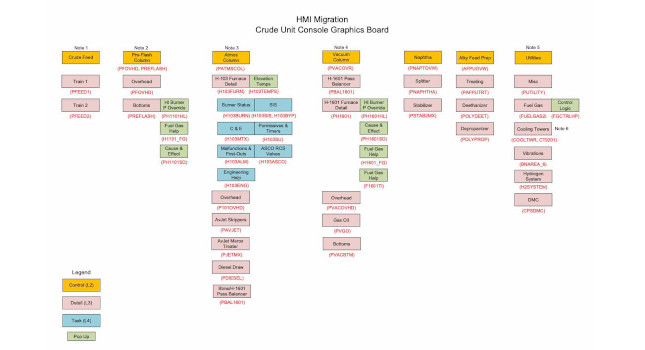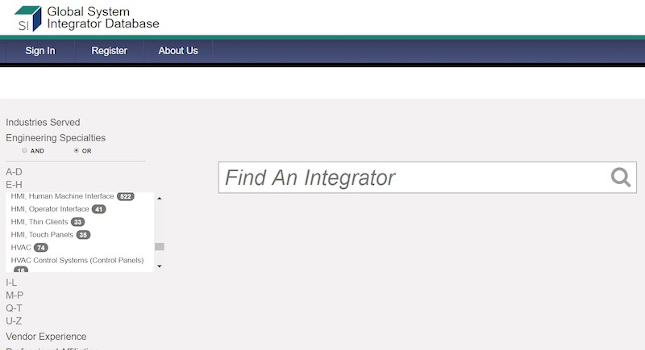Air compressors are the workhorses behind many manufacturing operations. Assembly and maintenance professionals rely on this equipment every day to perform their daily tasks, so if a compressor breaks down, plant efficiency comes to a halt as well. Considering how valuable compressed air is, keeping the compressors well maintained should be a high priority.
Air compressors are the workhorses behind many manufacturing operations. Assembly and maintenance professionals rely on this equipment every day to perform their daily tasks, so if a compressor breaks down, plant efficiency comes to a halt as well.
Considering how valuable compressed air is, keeping the compressors well maintained should be a high priority. While these machines are designed to provide years of service, in order to live up to their expectations, they’re going to need a little attention.
Everyday maintenance
While there are many different sizes and types of air compressors, we’ll focus on reciprocating compressors, which are sometimes overshadowed by larger systems, but are equally important to many operations. Most of the daily maintenance tasks for reciprocating compressors are rather elementary, such as keeping the unit clean, inspecting the electrical wiring, checking the pump oil level, looking for air leaks and tightening loose components. However, there are a few more factors that are sometimes missed.
For starters, be sure to install the correct air filter for the job at hand. Multiple types are available, and using the wrong filter, or failing to use one at all, could cause problems. For example, a standard filter will trap dust particles based upon micron size, while a coalescing filter will remove water and oil from the air. For some applications, such as spraying paint, an air dryer should be used with the coalescing filter so that all moisture is removed from the lines. On the other hand, some tools function better with some moisture. When using a nail gun, for instance, an operator may want to add oil to the line with a lubricator.
Next, it’s very important that the air tanks be drained at the end of each day, if not more frequently. Disconnect the power source and then slowly open the drain to bleed the air from the tank. When the pressure drops to 10 psi, the valves can be fully opened and the tank drained. Keep in mind that the condensate may contain oil, so it should be collected and disposed of properly.
Compressors operating in high-humidity areas will need to be drained more frequently than those in dryer climates. Moist air can take a toll on a compressor’s longevity if the situation isn’t appropriately addressed. Humidity may cause moisture to form in the pump and produce sludge in the lubricant, which will cause premature wear on the parts.
When moisture begins to cause problems, an operator will typically notice that the lubricant looks milky or that condensation forms on the outside of the pump as it cools. The effects of humidity can be diminished by frequently draining the air tank. Increasing ventilation or operating the compressor for longer intervals also may help prevent moisture from forming in the pump.
Regular maintenance
While a number of small maintenance tasks should be done daily, several others — while still important — can be performed less often. For instance, the air filter should be cleaned about once each week and replaced if it is damaged or exceptionally dirty.
The pump oil should also be changed either yearly or whenever it is found to be contaminated. To check for contamination, insert and remove a clean screwdriver into the crankcase. Then, inspect the oil on the screwdriver for dirt or other foreign objects. When changing the oil, be sure to use the type specified by the manufacturer, rather than using whatever is on hand. Otherwise, a lubricant with too high of a viscosity might prevent the compressor from coming up to speed fast enough — or at all. On the other hand, a low lubricant viscosity may cause the unit to run too hot, which may lead to premature pump wear.
On a monthly basis, take time to check the safety relief valve. With the tanks emptied and the power source disconnected, pull and release the valve a few times. The plunger should move in and out. If it fails to do so after a few pulls — which should be enough to dislodge any dirt that might be causing the problem — the valve will leak and not actuate. A defective safety relief valve can often be detected when it “pops” or relieves pressure. Replace it with a new ASME-certified safety relief valve.
Next, inspect the drive belt tension monthly. Use a belt tension gauge attached between the motor and compressor sheaves to get a reading. Then, compare the reading to the compressor’s service manual. If the belt’s deflection is too great, loosen the bolts on the motor and slide it away from the pump. Do the reverse if the deflection is too small.
Internal components, such as the piston or rod, rarely need maintenance. But in the event that these parts need service, a simple cleaning will often do the trick. Soapy water and a wire brush can be used to clean most parts. Avoid using a wire brush on softer parts, including anything made with brass or Teflon. Burnt-on oil and carbon buildup may require Stoddard solvent. Worn parts, such as a scored cylinder or piston, will need to be replaced.
Finally, it’s a good idea to occasionally check the pilot valve cut-out pressure adjustment. Begin by cleaning any dirt from the valve seat, and then adjust the valve according to manufacturer specifications. Typically, this involves turning the outermost screw on the pilot valve clockwise to increase the cut-out pressure limit or counter-clockwise to decrease it.
Be cautious to never adjust the cut-out pressure to a level higher than the maximum recommended setting. This will cause the motor to draw excessive amps and potentially damage the motor and electrical system.
A little time devoted to service can make a big impact on not only the productivity of a compressor, but also of an entire operation. Knowing this, it’s best not to leave your compressor’s maintenance schedule up in the air.
Reciprocating compressors are designed to provide years of service. To meet that goal, plant managers need to put a maintenance program in place.
Drain water out of the tank daily. Depending on the humidity level, this may need to be done more than once a day.
| Author Information |
| Dan Leiss is president of Jenny Products, Inc. |



